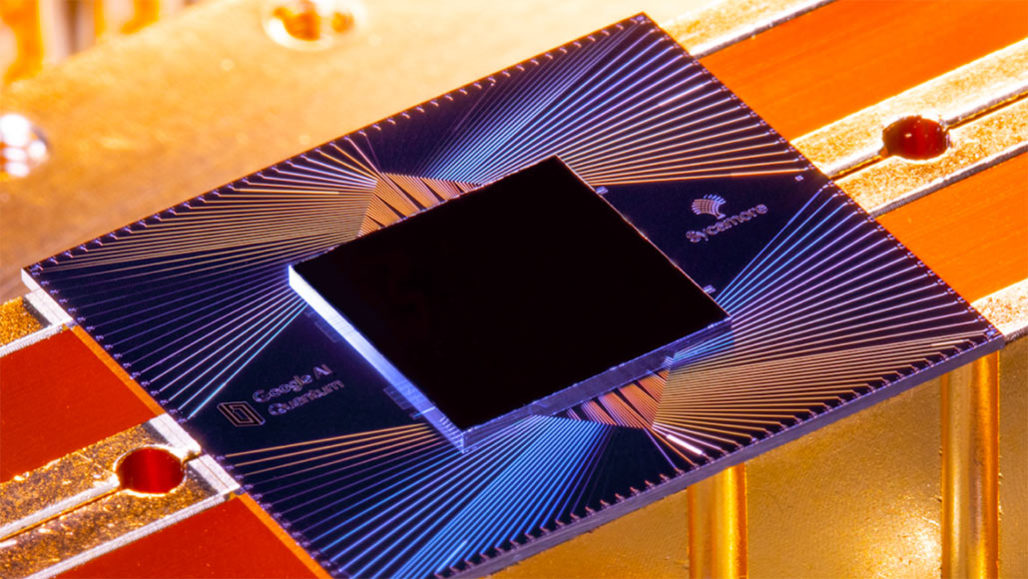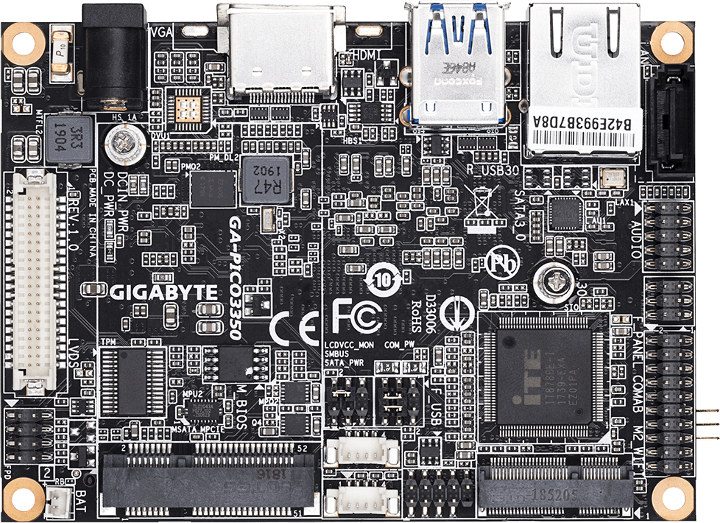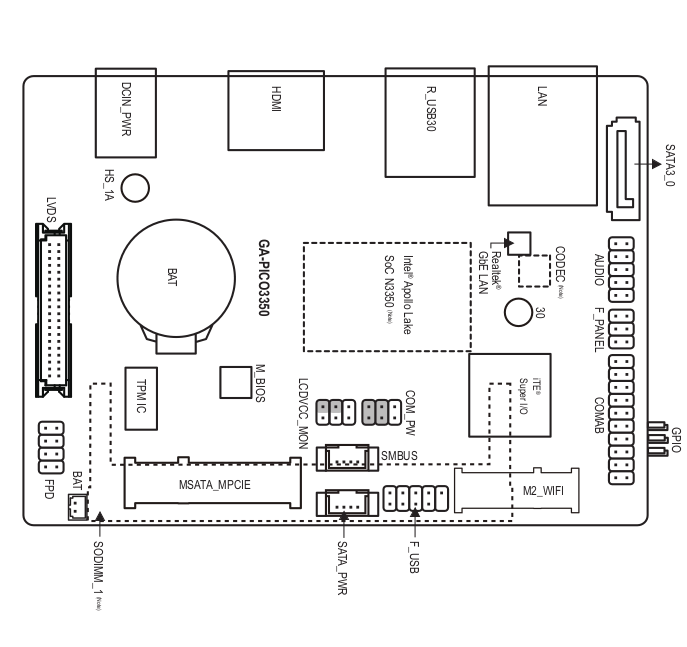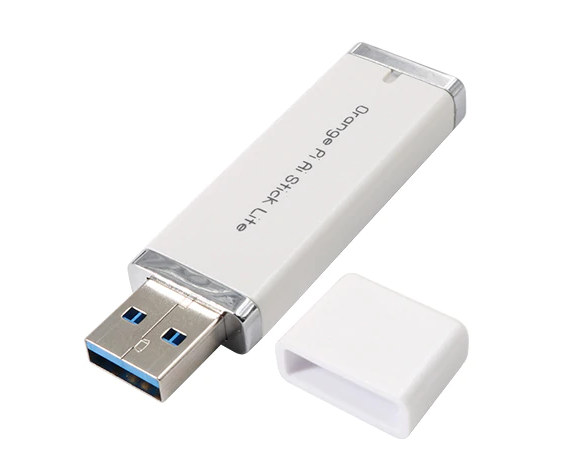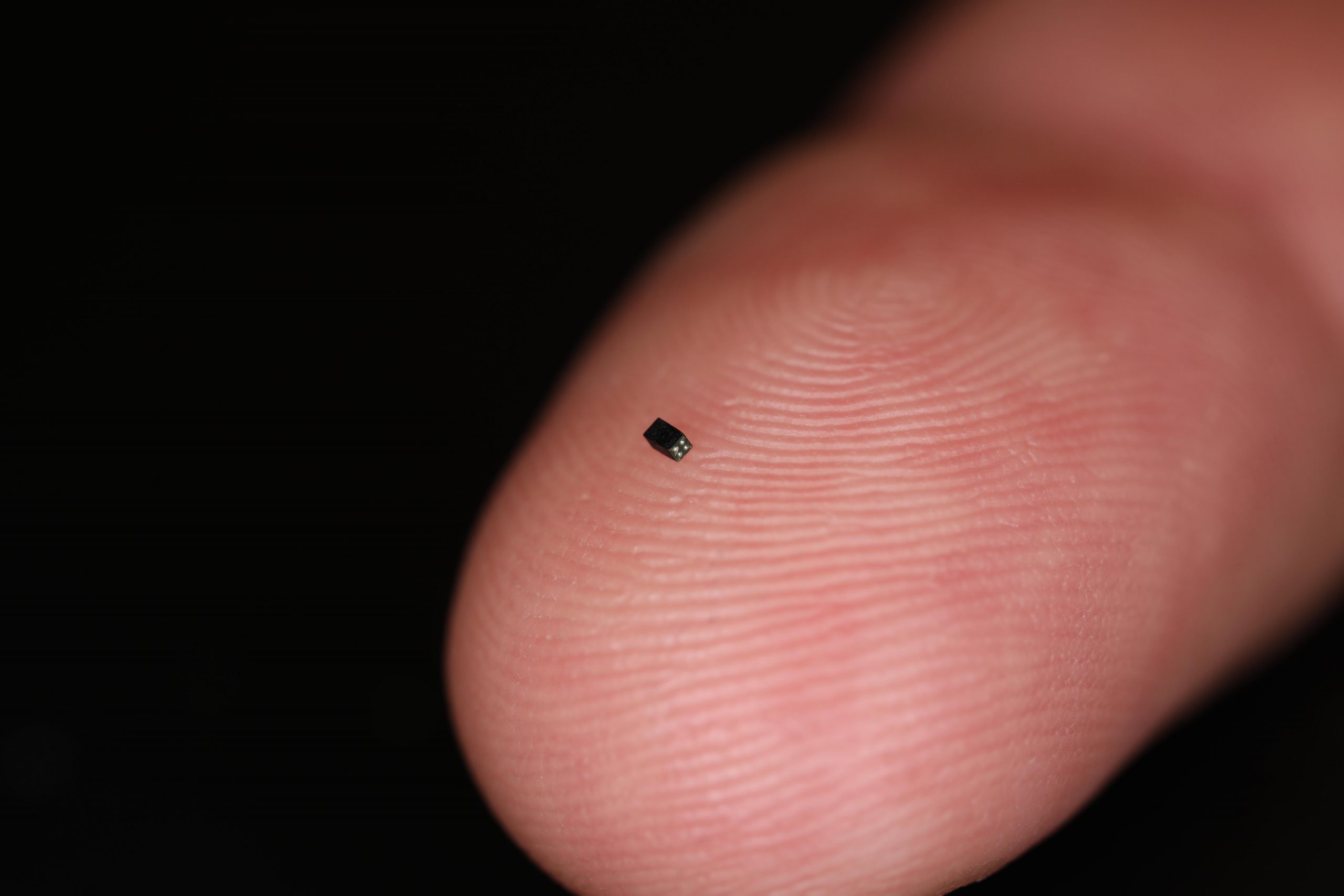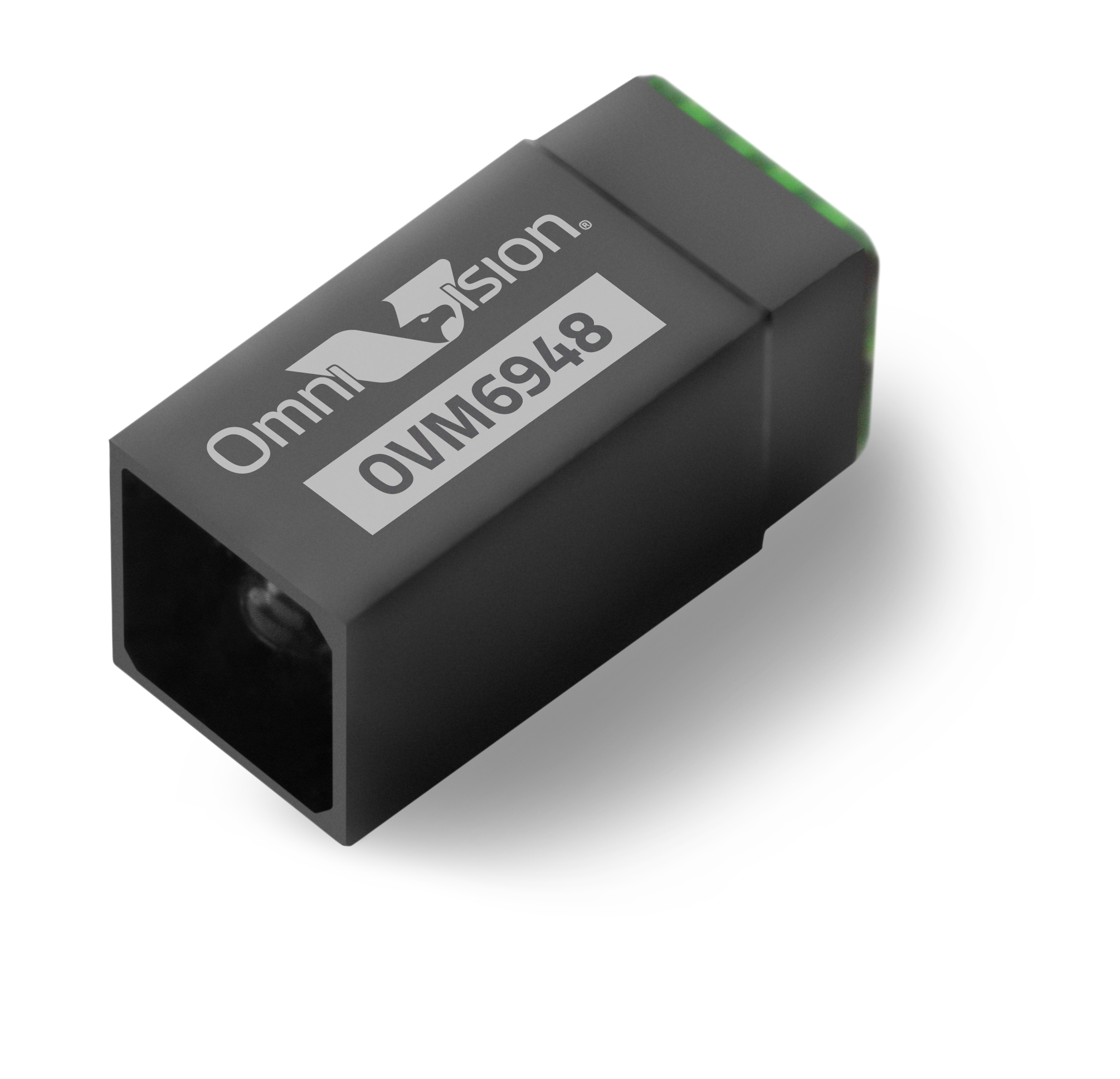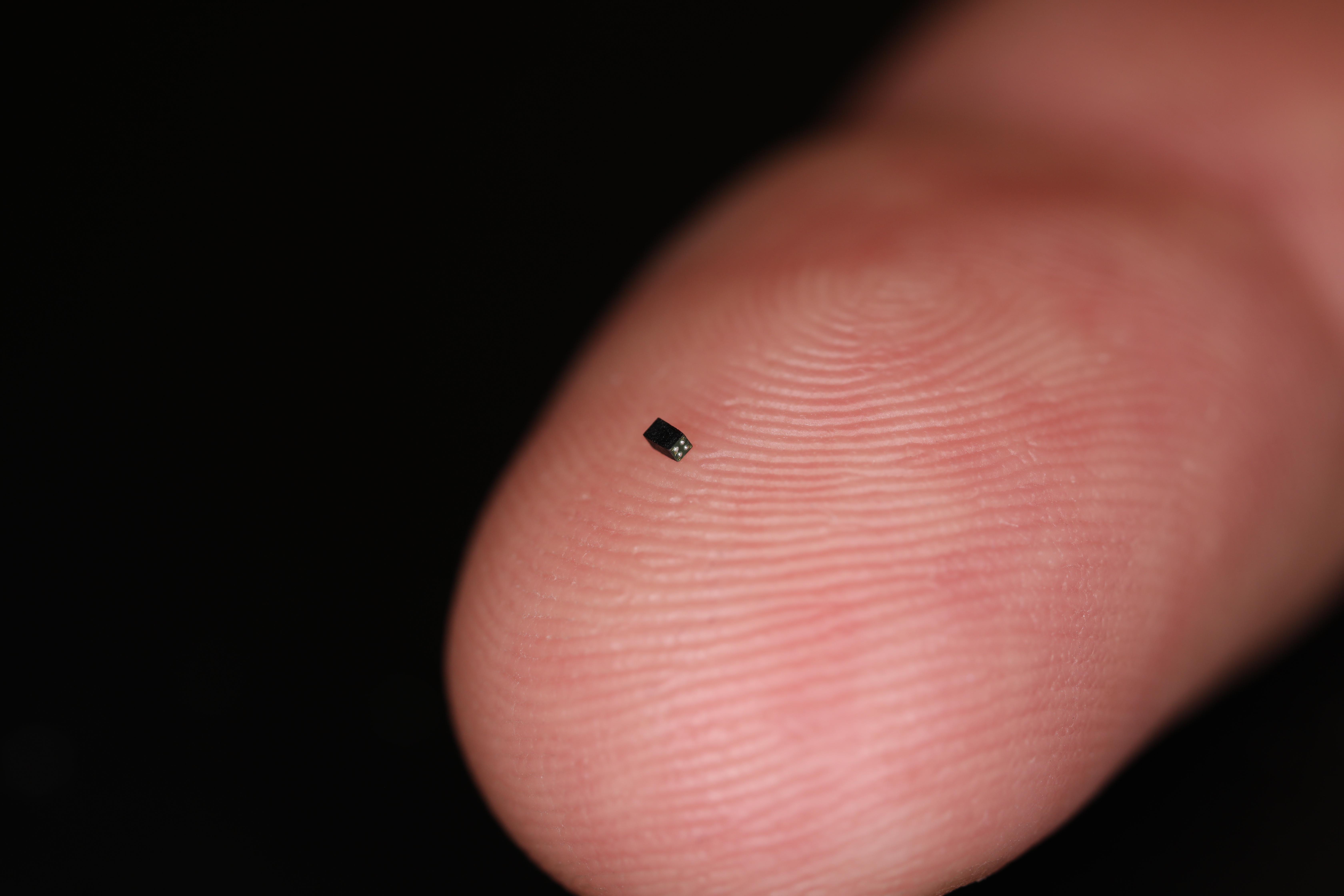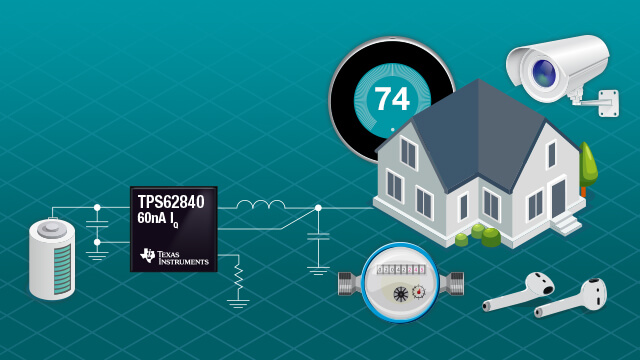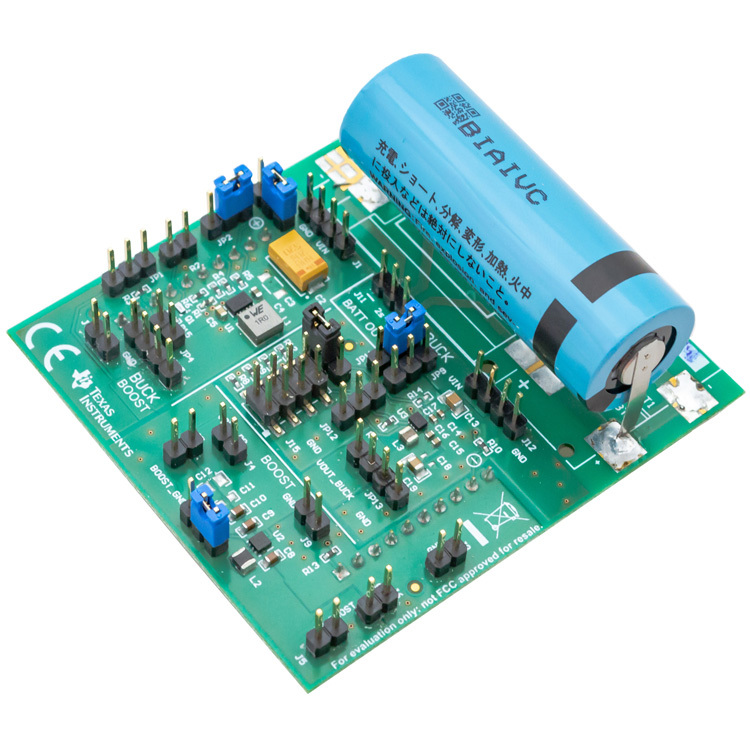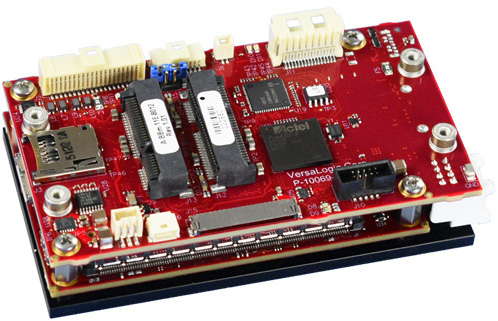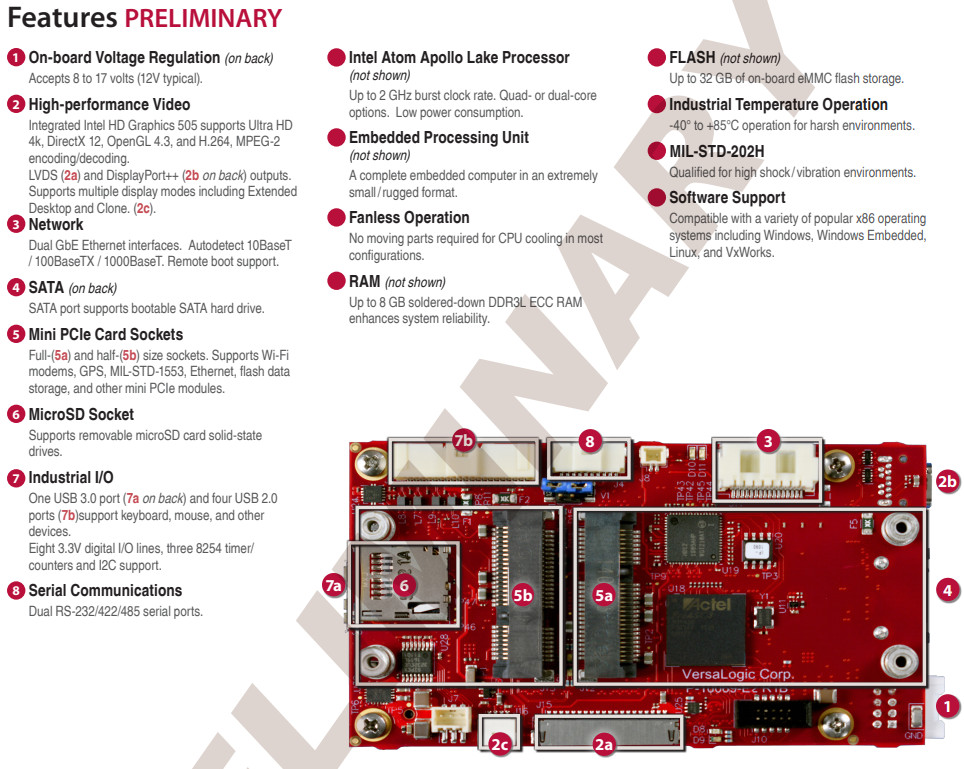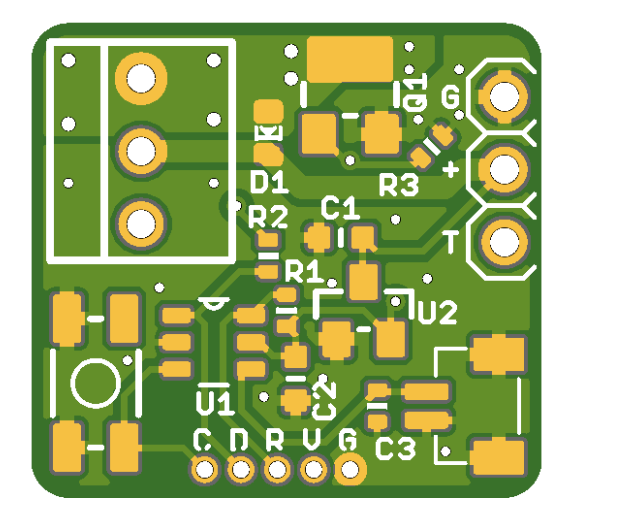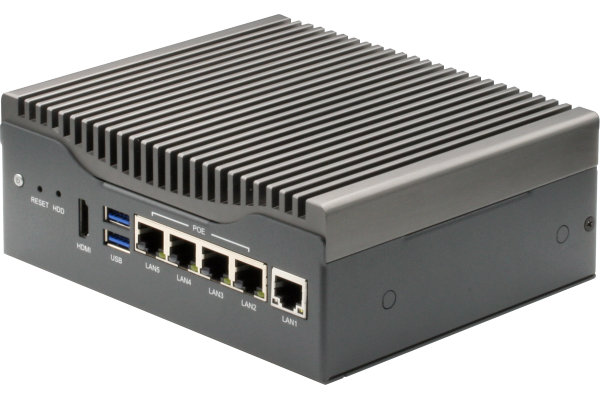
AAEON, an industry leader in mobile NVR solutions, is proud to announce the VPC-3350S, our latest mobile NVR system. Featuring the Intel® Processors formerly Apollo Lake, four PoE ports, and an innovative modular design, the VPC-3350S provides customers a system that is flexible, customizable, and budget friendly.
The VPC-3350S Mobile NVR provides users with flexibility and customization in every detail of its design. Starting with the processor, the VPC-3350S is powered by the Intel® Atom® x5 E3940 (formerly Apollo Lake) as standard. Users can opt for more powerful processors, including the Pentium® N4200, Celeron® N3350 and Atom® x7 E3950.
The core feature of the VPC-3350S is its four PoE ports. The VPC-3350S not only offers up to 60W of power supply for connected devices, but also Gigabit Ethernet speeds. Additionally, the VPC-3350S offers users expandability with up to four mPCIe card slots, allowing the system to scale to project needs. The VPC-3350S can even support our AI Core X module, bringing the processing power of the Intel® Movidius™ Myriad™ X VPU. The VPC-3350S is also built tough, with a fanless design and operating temperature range from -20°C up to 70°C.
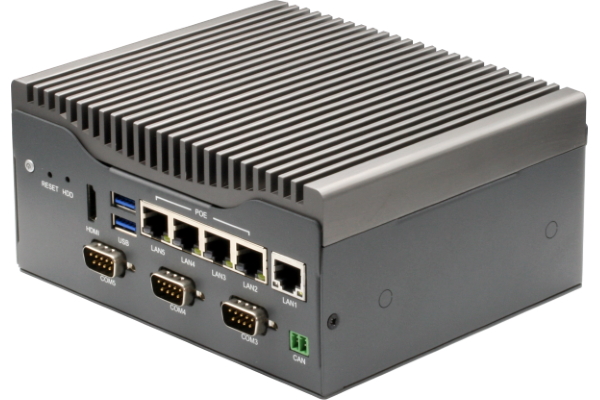
Thanks to an innovative modular design, the VPC-3350S is available in two configurations; the compact Industrial VPC-3350S and the flexible In-Vehicle VPC-3350S (per project basis). The industrial VPC-3350S mobile NVR offers a compact form factor built for embedded applications. The Industrial VPC-3350S offers a rich compliment of I/O features allowing it to easily integrate and deploy as a machine controller or in machine vision applications such as license plate recognition.
The In-Vehicle VPC-3350S offers the same features as the Industrial configuration, but with additional features which are easy to customize and configure. The In-Vehicle VPC-3350 brings important features such as built-in GPS and G-Sensor, CANbus, and wide operating voltage range of 9V to 36V. Most importantly, the In-Vehicle VPC-3350S features power ignition, allowing it to receive E-MARK certification, giving users peace of mind knowing the system won’t drain or damage vehicle batteries.
In addition to these two configurations, the modular design allows a broad range of customization options for customers. Customers can opt for different I/O configurations, built-in AI modules, or even voltage inputs up to 72V or 110V. The modular design also means faster turn around and quicker deployment for less cost, bringing your project to life sooner without the worry of going over budget. AAEON Manufacturer Services and our OEM/ODM support ensures we’ll help keep your project on track from start to finish.
“With the VPC-3350S, our customers and clients can enjoy a mobile NVR solution that is built for their needs,” said Josh Chen, Product Manager with AAEON’s Network Security Division. “The VPC-3350S offers scalability and customization with quick deployment and at a competitive cost.”
more information: AAEON.com


